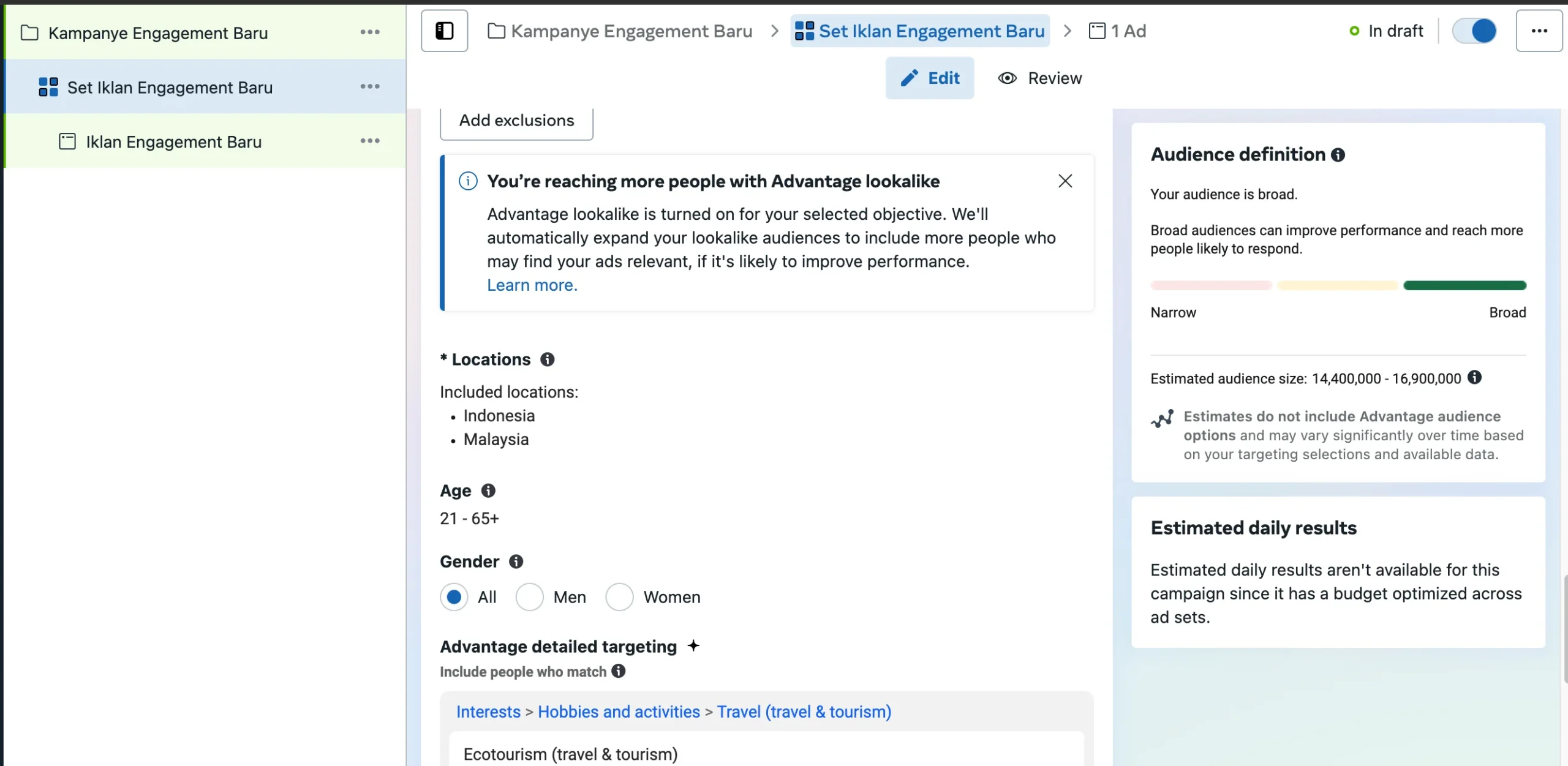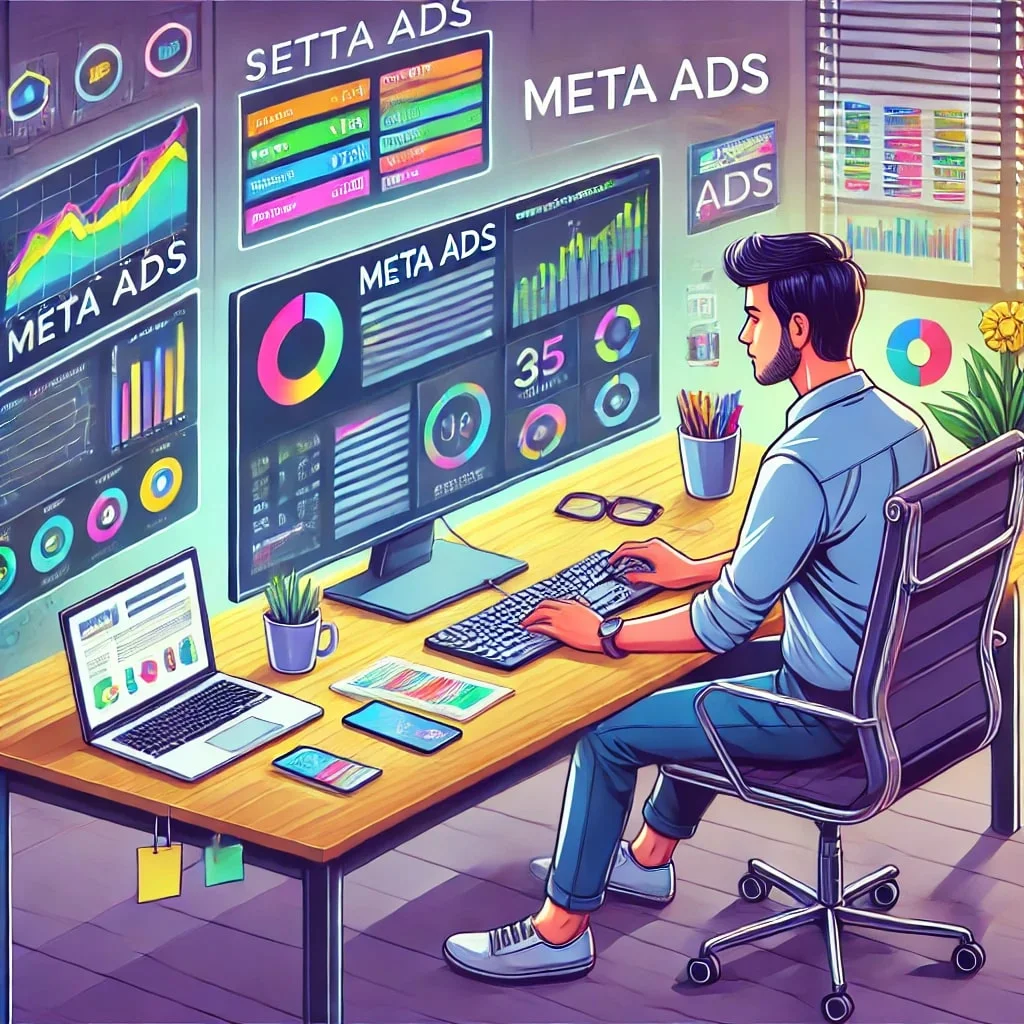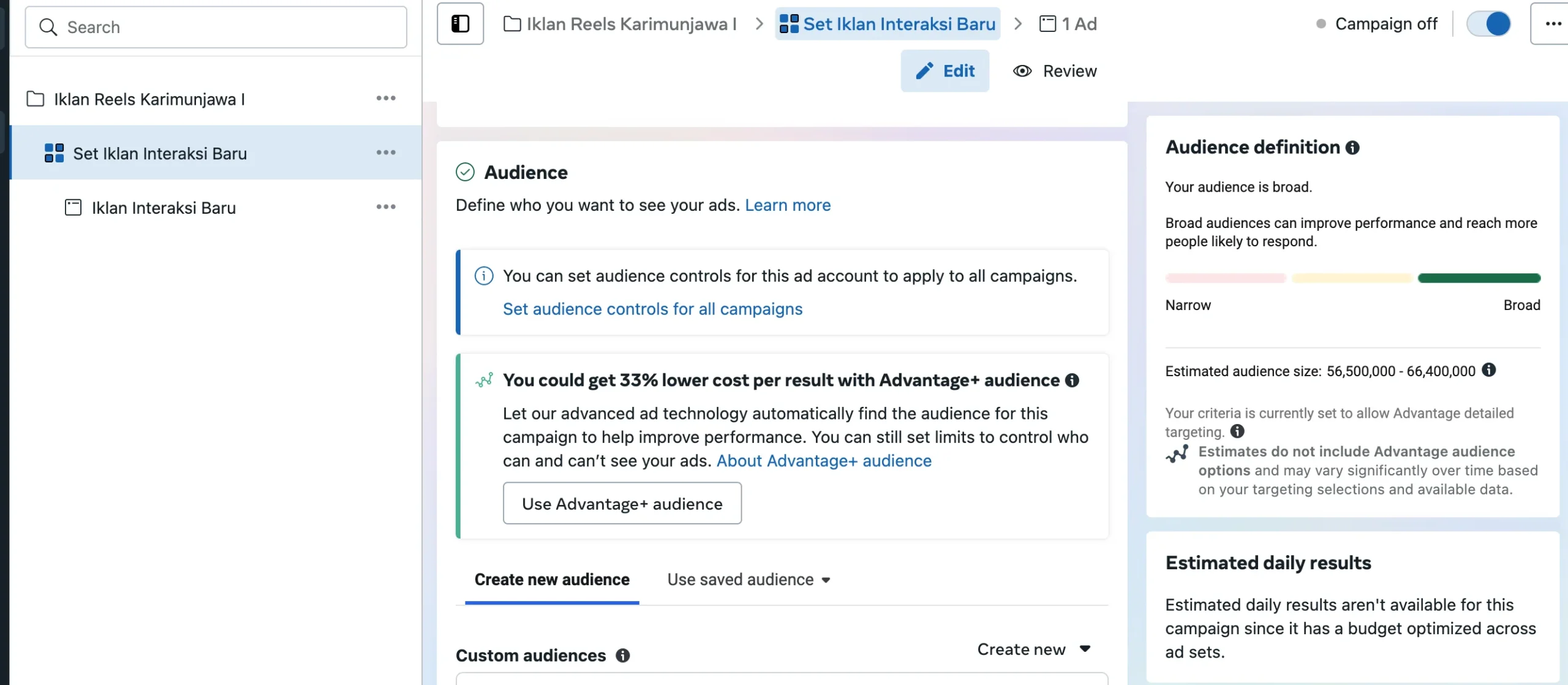Meta’s machine learning capabilities have improved drastically. AI-driven audience insights help you better understand what resonates with your target market.
3. Contextual Targeting
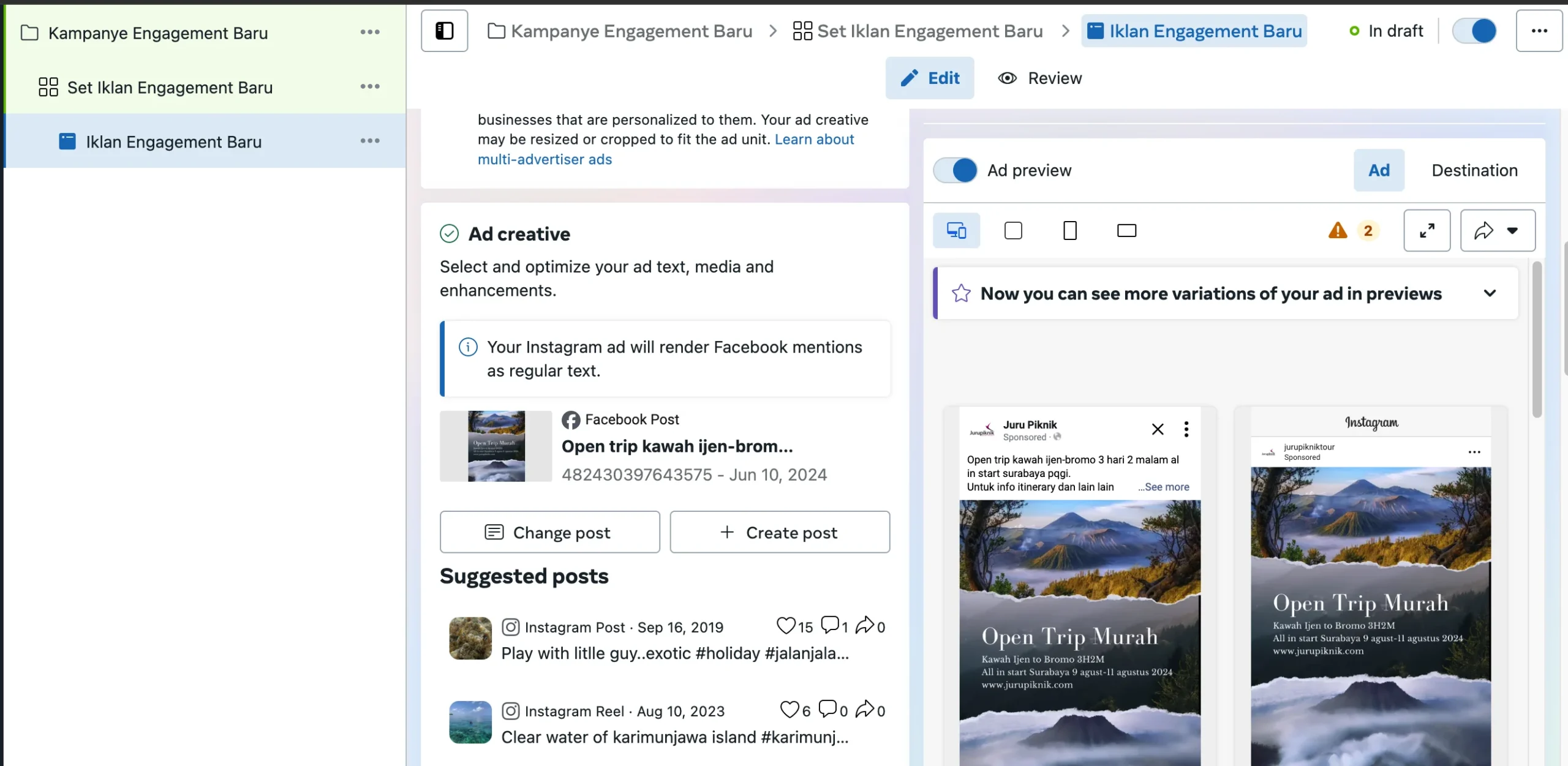
Instead of focusing solely on individual users, contextual targeting delivers ads based on the content users engage with.
Implementation Tips:
- In-Feed Ads: Place ads within engaging content streams on Instagram and Facebook.
- Reels Placement: Optimize short video content for Reels, given its rising popularity.
- Engagement-Based Retargeting: Target users who have interacted with specific types of content.
Example: If a user watches beauty-related content, show them ads for skincare products instead of unrelated categories.
Case Study: A beauty brand doubled its engagement rates by placing ads within Reels and targeting users who previously interacted with makeup tutorials.
Budget Tip: Start with $30 daily for Reels placements and monitor engagement metrics.
4. Behavioral and Intent Signals
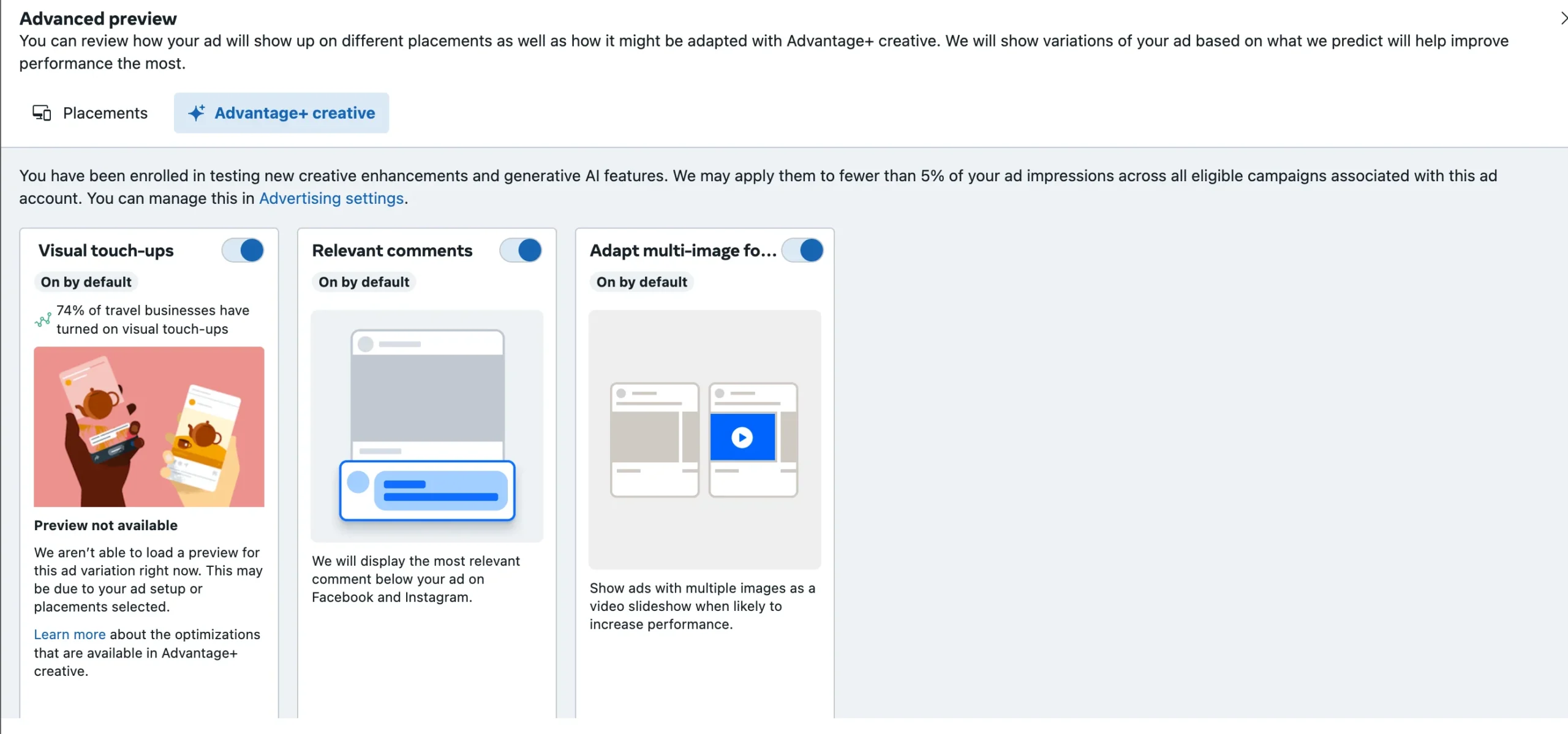
Behavioral targeting focuses on what users do online rather than who they are. Intent signals are particularly powerful for capturing audiences ready to take action.
How to Leverage Behavioral Targeting:
- Event-Based Retargeting: Target users who recently clicked a link or added products to a cart but didn’t complete the purchase.
- Video View Campaigns: Retarget users who watched a significant portion of your video ads.
- Time-Based Retargeting: Deliver time-sensitive offers based on previous user interactions.
Pro Tip: Set up conversion windows to optimize for users most likely to convert within a specific time frame.
Case Study: An online electronics store achieved a 40% increase in sales by retargeting users who abandoned their carts within 24 hours.
Budget Tip: Set a daily budget of $25 for behavioral retargeting campaigns.
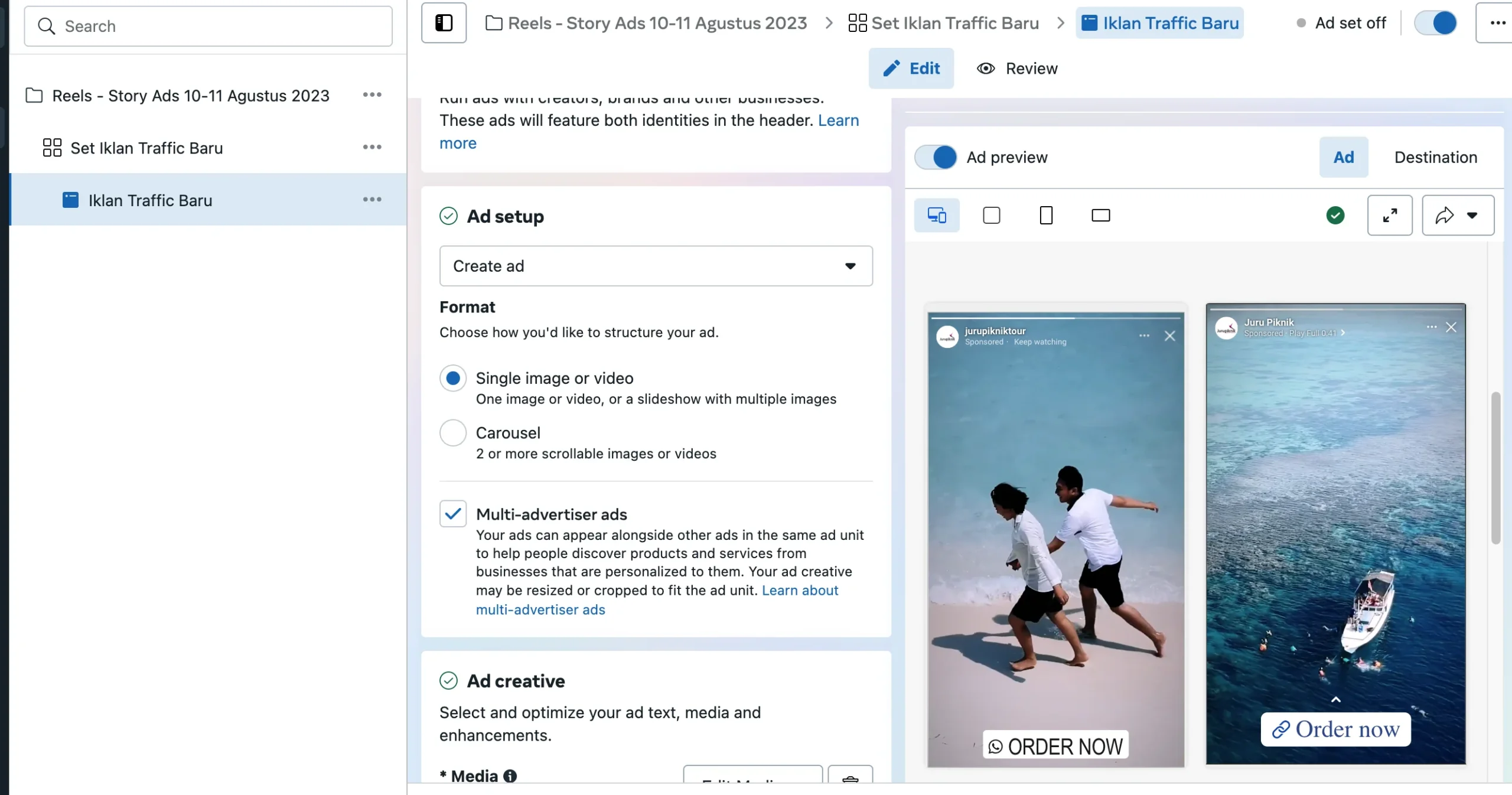
Meta’s ecosystem includes Facebook, Instagram, Messenger, and WhatsApp. Integrating these platforms allows for seamless user experiences.
Best Practices:
- Unified Campaign Strategy: Ensure messaging consistency across platforms.
- WhatsApp Business Ads: Direct users to WhatsApp for personalized customer interactions.
- Instagram Stories and Reels: Capture attention with immersive, vertical video ads.
Case Study: A fashion retailer increased sales by 35% by integrating Instagram Reels and Messenger campaigns to create a cohesive shopping journey.
Budget Tip: Allocate $50 daily across multiple platforms and adjust based on performance.
6. Advanced Lookalike Strategies
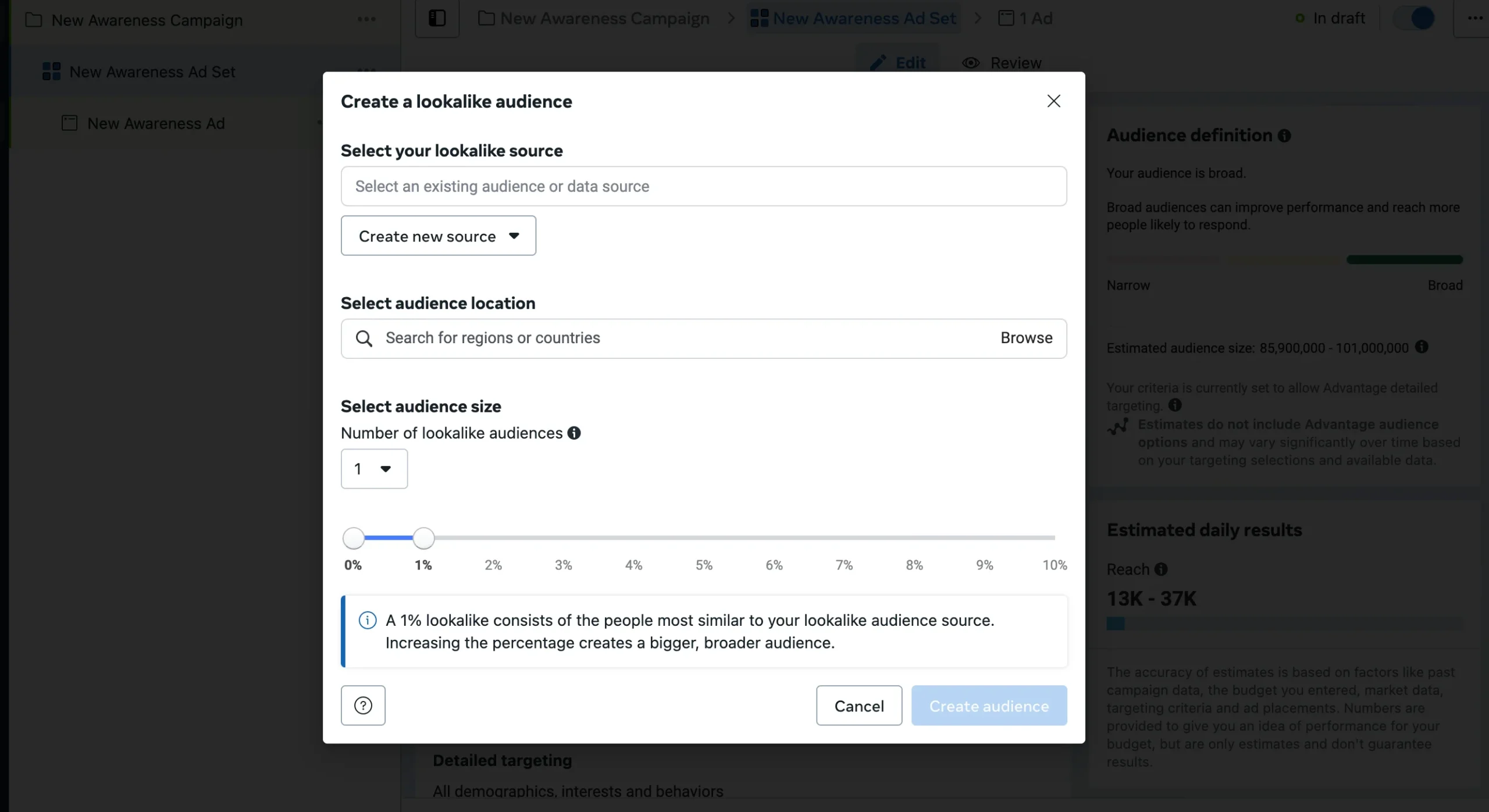
Lookalike audiences remain one of Meta Ads’ most powerful tools. However, advanced segmentation can dramatically improve results.
Tips for Creating Effective Lookalike Audiences:
- Segment by Value: Build lookalikes based on high-value customers.
- Source Diversity: Use multiple data sources (website visitors, app users) for lookalike creation.
- Layered Targeting: Combine lookalike audiences with detailed demographic filters.
Pro Tip: Test different lookalike audience percentages (1%, 3%, 5%) to find the sweet spot for your campaigns.
Budget Tip: Start with a $40 daily budget when testing different lookalike segments.
7. Creative Personalization
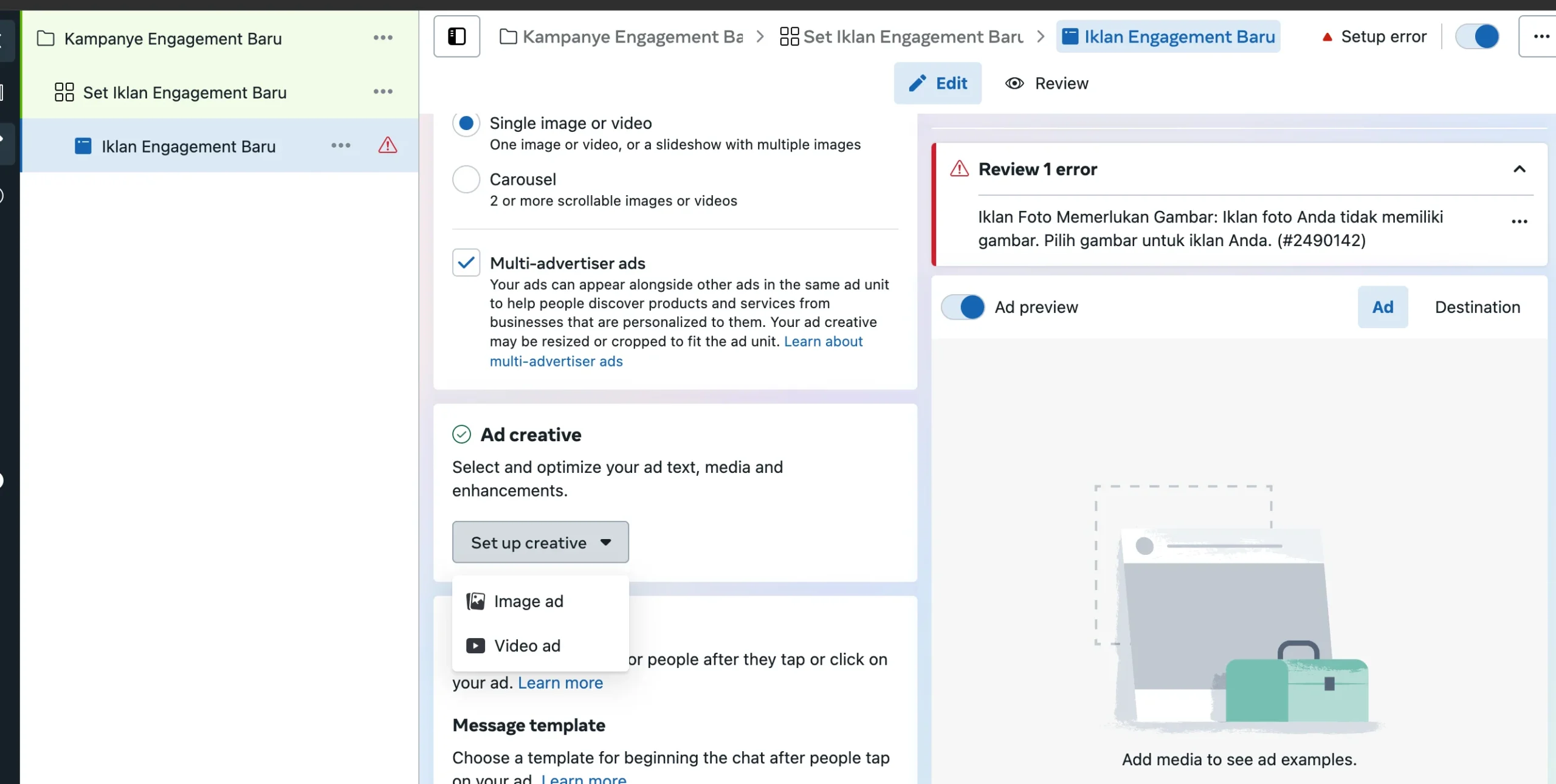
Personalization is key to capturing user attention in 2025. Generic ads are quickly ignored.
- Dynamic Ads: Automatically show products most relevant to users.
- Ad Copy Variations: Tailor headlines and descriptions to different audience segments.
- Localized Content: Create region-specific ads to appeal to local audiences.
Expert Insight: According to marketing consultant David Chen, “Personalization is no longer optional; it’s the price of entry for successful campaigns.”
Case Study: A travel agency saw a 60% boost in click-through rates by personalizing ads based on users’ past destination searches.
Budget Tip: Allocate $30 daily for dynamic ad testing.
8. Privacy-First Strategies
Navigating privacy regulations while maintaining ad effectiveness requires careful strategy.
Key Approaches:
- Consent-Driven Data Collection: Be transparent about data usage and provide easy opt-in options.
- Server-Side Tracking: Use Conversion API (CAPI) to maintain accurate tracking without relying solely on cookies.
- Data Minimization: Collect only the data necessary for campaign success.
Pro Tip: Regularly audit your tracking and data collection practices to ensure compliance.
Case Study: A fintech company maintained a 25% conversion rate after implementing CAPI, even as cookie-based tracking declined.
Budget Tip: Allocate $20 daily for campaigns leveraging privacy-compliant tracking.
As we move deeper into 2025, mastering advanced Meta Ads targeting techniques can give your business a competitive edge. By leveraging first-party data, AI insights, contextual targeting, and personalization strategies, you can create campaigns that not only capture attention but drive meaningful results.
Remember, the key to successful advertising isn’t just about targeting the right audience—it’s about delivering the right message at the right time. Keep experimenting, learning, and adapting to stay ahead.
If you need assistance optimizing your Meta Ads strategy, don’t hesitate to reach out to me through this contact page. I’m ready to help you maximize your ad performance.
Let’s make 2025 your most successful advertising year yet.
